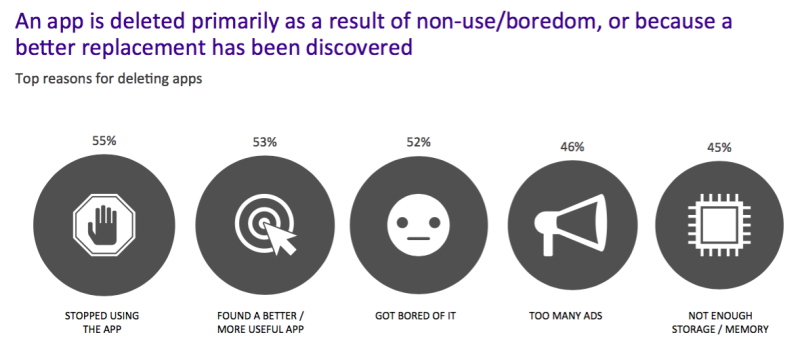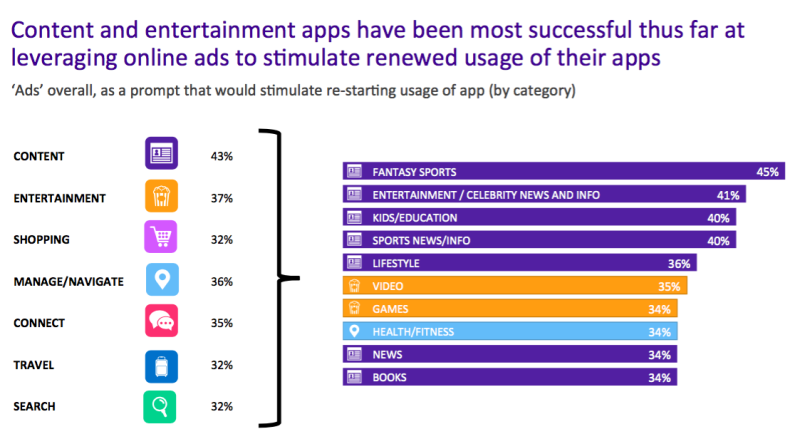After the arrival of the smartphone era, and with the launch of a number of thriving mobile ecosystems, mobile applications have always come out with new and exciting features. But then, not all apps live up to our expectations; some of us uninstall apps because the new download does not live up to our expectations, or, doesn’t run smoothly due to bugs. To put things in perspective, some apps perform exceptionally well and garners worldwide attention. Ever wondered why or how this is possible? Let us examine some reports and surveys, which can tell the tale.
The mobile app ecosystem is growing every day, and more developers are keeping the user-first approach while building and testing apps. The ‘war of ecosystems’ is only getting started, while a Compuware study finds out that at least 85% of mobile users still prefer to mobile apps to the mobile website. Users believe that mobile apps should be more convenient (55%), faster (48%) and easier to browse (40%). This means that most mobile app users expect a smooth and friendly experience. Since applications have customizable properties and save time when compared to mobile websites, more users are turning to mobile apps for a richer experience. The same Compuware study points out that 79% of users will give apps a second chance after it failed to impress them on the first go, and only 16% of the users are willing to give it a third try. While, the study also highlights that anywhere from 80% to 90% of all downloaded apps are used once and then eventually deleted by users. Developers sure do have a hard life!
With such a high number of people uninstalling the app in the first go, it is very clear the users cycle through apps quickly to find what suits their needs best. A new study conducted by Yahoo throws some light into ‘what and when people delete or replace apps, and what triggers new and replacement downloads’. It says that smartphone users spend almost 90% of their time in applications, but only a small fraction of 25% to 40% apps on user’s devices is regularly used. The rest are either replaced or deleted eventually.
After surveying more than 2,500 US smartphone users, aged between 13 to 64, Yahoo finds out that most apps are regularly deleted during ‘periodic clean-outs’, which occurs monthly or bimonthly. Insufficient storage and lack of use due to boredom were also the major factors that contributed to deletion. Yahoo further adds that users delete apps within a roughly 12-week period if apps are neglected or lays dormant, with content apps being deleted the fastest. This shows that there are lots of ‘notice’ points that developers could analyze in order to re-engage users through notifications or ads.
In addition, Yahoo reveals that Ads and apps that are placed first (featured apps) were key download drivers, while, the negative reviews were found to be the main hurdle to preventing an app download in the first place; followed by phone storage and price of the app.
How Developers Can Avoid The Shame
Yahoo says that the ads were an effective way to drive users if the app was found to be dormant in a user’s device. The chart below shows the success rates of developers in different app categories in re-engaging app users with ads.
In addition to targeted ads, Pando lists out some ‘features’ that annoy users; mobile app developers could avoid these in the first place and increase the app loyalty effectively:
Too Many Push Notifications
According to a report compiled by Kahuna, less than 45% of users in product categories, including Social and News & Media, prefer push notifications. While, ridesharing and food apps enjoy push notification opt-in rates of over 75%. More importantly, an app should allow users to filter out specific notifications on the basis of importance and personal choices.
Long Registration Process
A survey conducted by Appiterate says that 68% of users hit delete because they found the registration process to be long and time-consuming. When an app asks for details that are not directly related to the app, users find the process irrelevant and shy away from completing the process.
“Collect only as much information as is necessary to deliver an experience to the user, not because you require the data for your own uses.”
Repeated Bugs
A Helpshift study reveals that mobile app users have a low tolerance for buggy apps as 62% of users deleted mobile apps due to crashing/freezing/errors. Similarly, apps that use a large chunk of the phone’s memory, and consumes a lot of battery, also prompted users to uninstall the application.
Bad UI/UX Design
A complicated product with several features needs a well thought out interface. Mismatch of colors, unreadable icons, and even small detailing such as alignment of text, and not enough white space can make or break a user’s experience. Arkena suggests that the best practice while building an app is to build a UX that can integrate well with the users’ routine.
There are more than 1.6 million Android apps available on a Google Play Store to download for 1.4 billion active Android device users. Safety and privacy are two other factors that are increasingly becoming a big concern for users. A research study, conducted by the University of California reveals that 24% of the total popular Android apps indulge in interacting with malicious URLs/websites that distribute malware, harm devices, stealing confidential personal data or annoying users with spam. With mobile-first going mainstream, app developers might have to start rethinking their strategies and keep the user in mind before releasing a build. Every mobile product might require a dedicated application, the only way to keep users loyal to an app is to perform up to their expectations and understand user routine.




